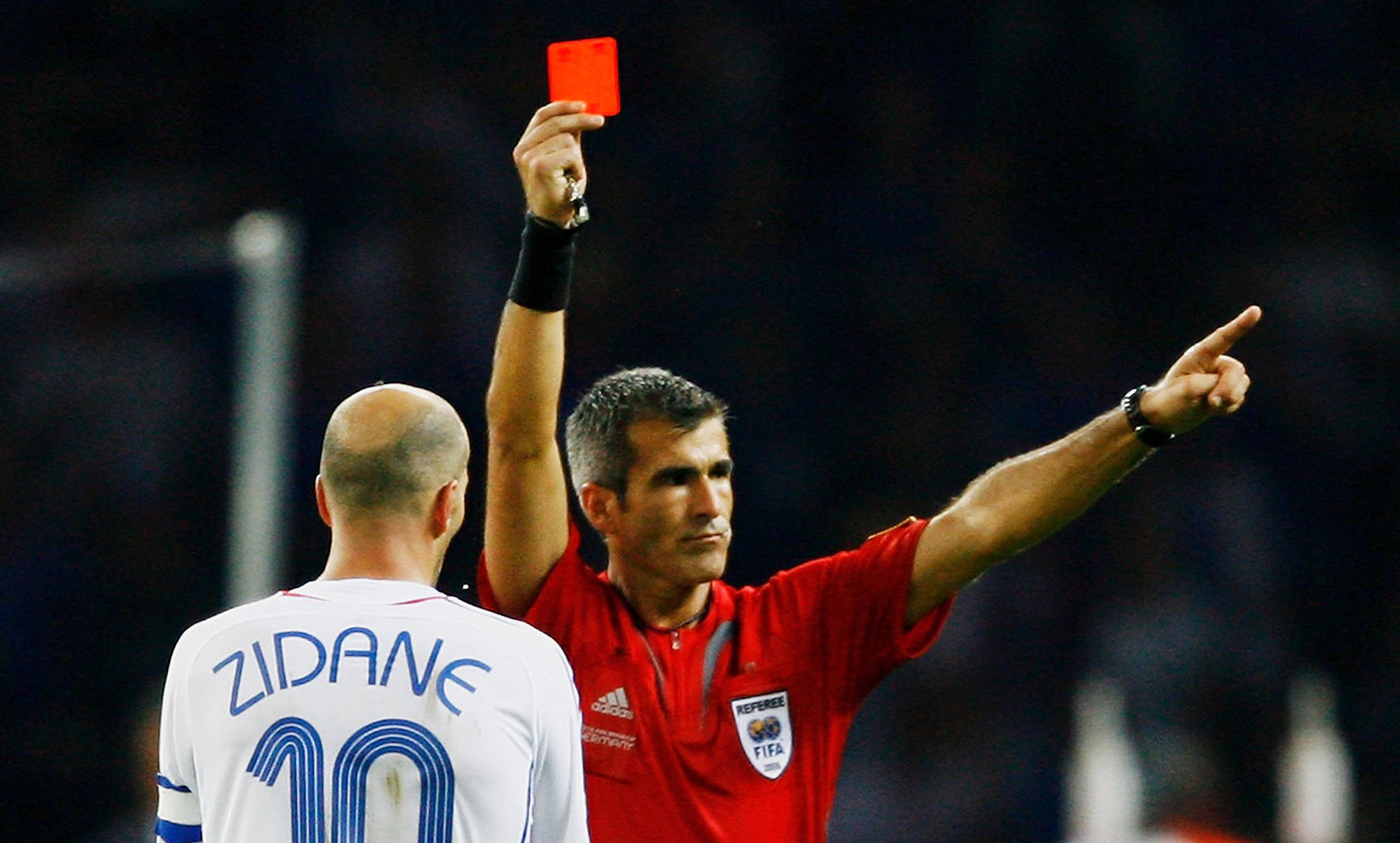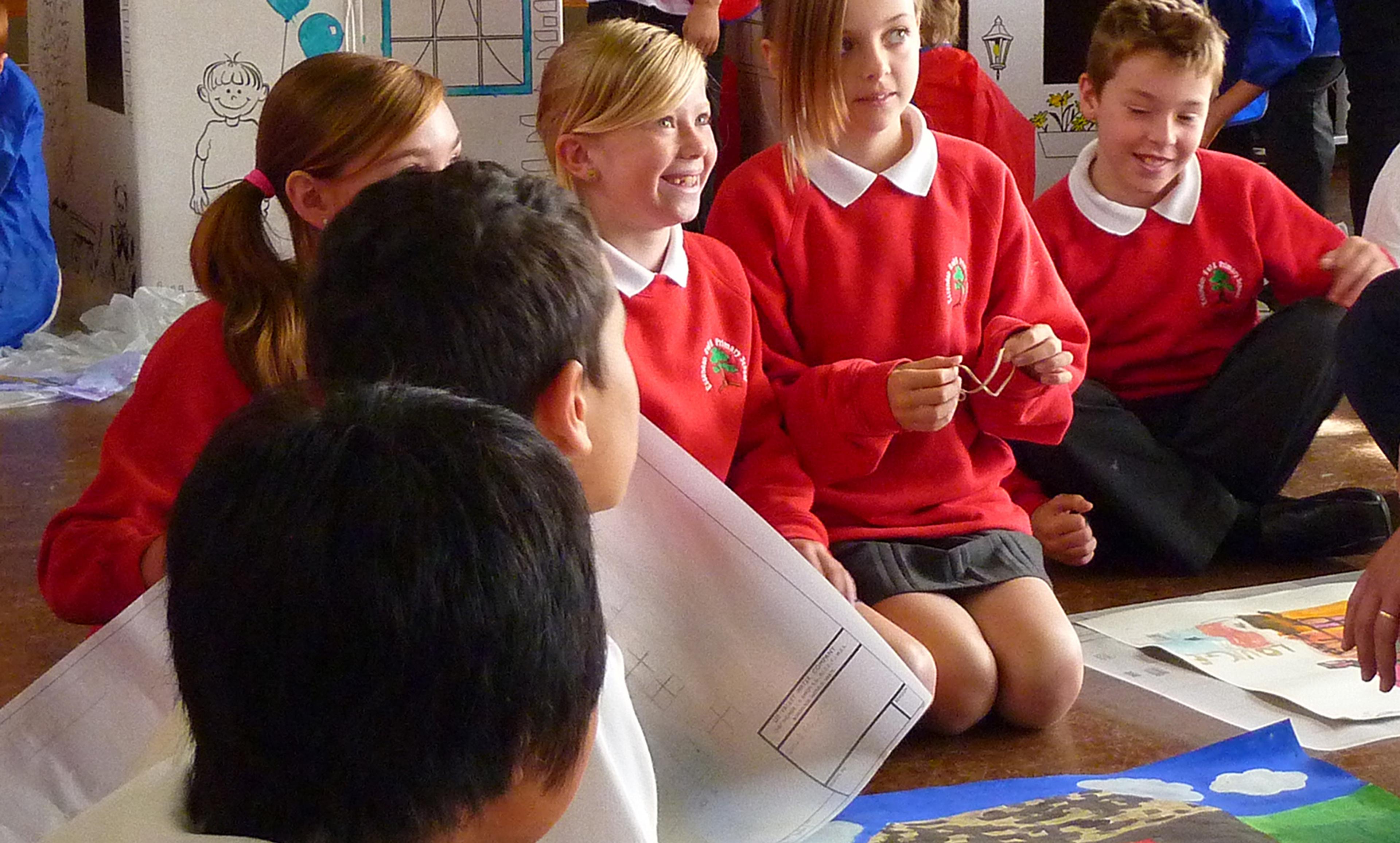Matteo Bagnoli/Flickr
When I was about four years old, I asked my mother one of my first ‘Why?’ questions: ‘Mom, why does Pippo live underwater?’ Mom explained that Pippo, our goldfish, was a fish, and fish live underwater. This answer left me unsatisfied, so I kept enquiring: ‘Why do fish live underwater? Can’t we also live underwater?’ Mom replied that fish breathe by extracting oxygen from the water around them; people cannot breathe underwater. I then asked an apparently unrelated one: ‘What is ice made of?’ ‘Ice is made of water, Matteo.’ Two days later, Pippo was found in our freezer.
Like most four-year-olds, I was surprised by the things happening around me. As soon as I began speaking, I was asking about why things happen. This often annoyed the grown-ups. But when they were willing to answer my questions, their explanations helped me figure out what would happen, had things been different. My conclusions were badly off sometimes (as poor Pippo found out to his cost). Nevertheless, mistakes and explanations guided my discovery of the world: I was doing science before I went to school, and I was enjoying it too.
What is a good explanation? And how can we find out? Philosophers of science have traditionally answered these questions by concentrating on the norms governing scientists’ explanatory practice, evaluating these norms on the basis of their intuitions on a battery of cases involving putative explanations.
Starting with the work of Carl G Hempel in the 1960s, philosophers of science have articulated three main models of explanation. According to Hempel’s covering-law model, explanations are arguments demonstrating that what is being explained logically follows from some general law. By the covering-law model, if one asks: ‘Why does a certain flagpole cast a shadow that is 10 metres long?’, a good answer should cite the laws of optics, the height of the flagpole, and the angle of the Sun in the sky. This explanation is good because it ‘shows that, given the particular circumstances and the laws in question, the occurrence of the phenomenon was to be expected’.
Another approach is the unificationist model, which says that good explanations provide a unified account that can be comprehensively applied to many different phenomena. Newton’s theory of gravity and Darwin’s theory of evolution are lovely explanations because they enjoy a great unifying power. These theories appeal again and again to a few basic principles that can account for a great many phenomena. Thereby, unifying theories reduce to a minimum the number of what the biologist Thomas Huxley in 1896 called ‘fundamental incomprehensibilities’.
The causal mechanical model is perhaps the most popular among philosophers. It says that good explanations reveal organised component parts and activities that make things happen. If one asks: ‘Why did that window break?’, a good answer is: ‘Because someone threw a rock at it.’ Or if one asks: ‘How does blood reach every part of the body?’, a good answer should include information about the heart, the blood vessels of the circulatory system, and their functions.
These models capture the form of many good explanations. However, philosophers should not assume that there is only one true model of explanation, and that a decision must be made about which model tells us what a good explanation really is. That is, many assume that a single, ‘one-size’ explanatory model fits all areas of enquiry. This assumption means that philosophers have often ignored the psychology of explanatory reasoning.
Giving a good answer to a ‘Why?’ question is not just a philosophical abstraction. An explanation has cognitive, real-world functions. It promotes learning and discovery, and good explanatory theories are vital to smoothly navigating the environment. In this sense, an explanation is what is known as a speech act, which is an utterance that serves a certain function in communication. Evaluating when someone successfully performs this speech act should take account of the psychology of explanatory reasoning and its subtle context sensitivity. Wonderful work in the psychology of explanation shows that laws, unification and causal mechanisms all have a place in human psychology, tracking distinct concepts that get triggered depending on one’s audience, interests, background beliefs and social environment.
Results from psychology also expose a striking similarity between children’s and scientists’ explanatory reasoning. Both children and scientists look out in the world, trying to find patterns, searching for surprising violations of those patterns, and attempting to make sense of them based on explanatory and probabilistic considerations. Children’s explanatory practices offer unique insight into the nature of good explanation.
Models of explanation should be calibrated on data about actual explanatory practice from psychology, but also from the history and sociology of science. The same conclusion applies to other traditional topics studied by philosophers of science like confirmation, theory change, and scientific discovery, where all too often abstract philosophical theorising obfuscates the cognitive foundations of science. Empirically grounded studies of explanation are clearly telling us something important about how people explain, what they find explanatorily valuable, and how explanatory practices change over one’s lifetime. If every child is a natural-born scientist, philosophers of science would do well to pay more attention to the psychology of explanation, and particularly to children’s ‘Why?’ questions and explanatory reasoning. They will get a more nuanced understanding of what makes for a good explanation.






